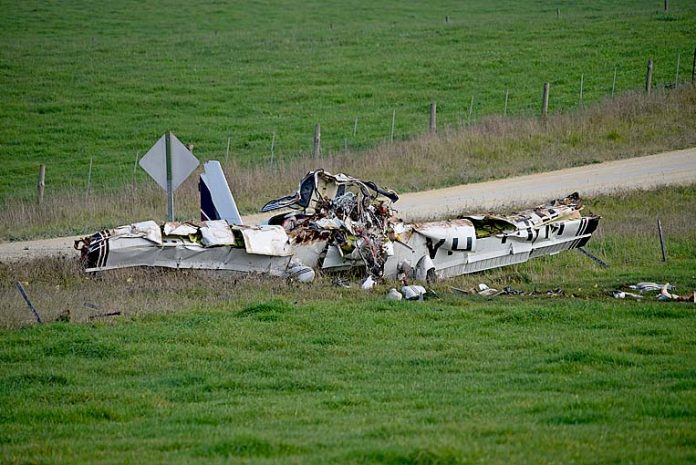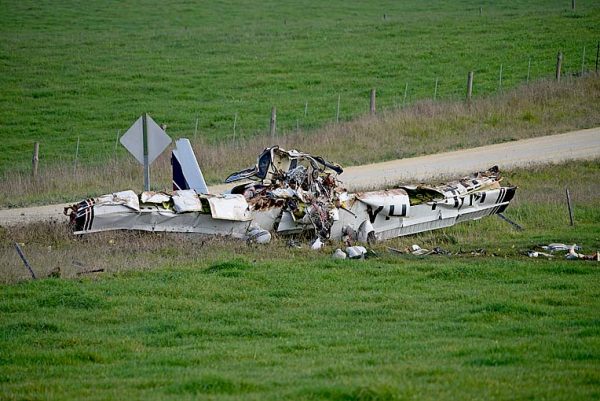

THE nation’s safety transport regulator has revealed the final report into the fatal Angel Flight crash north of Mount Gambier is not expected to be released until the first half of next year.
The Australian Transport Safety Bureau (ATSB) this week confirmed its investigation had now reached the “examination and analysis phase”.
Originally, the final report was expected to be handed down within 12 months of the accident.
Mount Gambier mother and daughter Tracy, 43 and Emily Redding, 16, tragically died on impact when the SOCATA TB-10 Tobago aircraft plunged into a paddock just 2km from the Mount Gambier Airport’s departure runway on June 28, 2017.
Mount Barker Angel Flight volunteer pilot Grant Gilbert, 78, also died in the accident.
While the ATSB released a preliminary report into the tragedy in July last year, this document gave no analysis or findings into the tragedy.
The preliminary report revealed the charity aircraft was in the air for just 65 seconds before it nose-dived into terrain.
Closed circuit television footage also confirmed there was fog and “reduced visibility” during the aircraft’s landing and take-off on June 28.
In a statement released this week, an ATSB spokesperson said the final report was “anticipated” to be released in the first half of next year.
“It is important to note investigations are complex and dynamic and the priority of the ATSB is always the thoroughness of an investigation to ensure any systemic safety issues are identified and addressed,” the spokesperson said.
“This means complex investigations can take longer, if necessary, in order to ensure a robust investigation with the appropriate third party input and reviews.
“Should a critical safety issue be identified during the course of any investigation, the ATSB immediately notifies relevant parties to ensure safety action is taken.”
ATSB investigators have examined the aircraft components recovered from the accident site and pilot transmissions from the common traffic advisory frequency for Mount Gambier Airport, as well as GPS data and CCTV footage from the airport.
Investigators have also reviewed the aircraft’s maintenance documentation, pilot qualifications and experience and pre-flight planning as well as the weather conditions at the time of the accident.
In addition to a review of other similar accidents, investigators are reviewing all existing aviation safety data related to community service flights for non-emergency medical purposes by voluntary or charitable organisations.
This involves a review of all available safety information from the ATSB aviation occurrence database and information on flight planning, coordination and oversight from the voluntary and charitable organisation.
According to the five-page preliminary report, just after take-off the private charity aircraft veered to the left of the runway at an altitude of about 300 feet above sea level and reached a maximum altitude of about 500 feet.
The last recorded information – about 65 seconds after take-off – showed the aircraft en route to Adelaide at an altitude of 400 feet.
No emergency calls were recorded during the flight and the aircraft was not equipped with a flight data recorder or cockpit voice recorder, which was not required.
The report also detailed the arrival of the Tobago at Mount Gambier Airport after leaving the Mount Bridge Airport at 8am.







